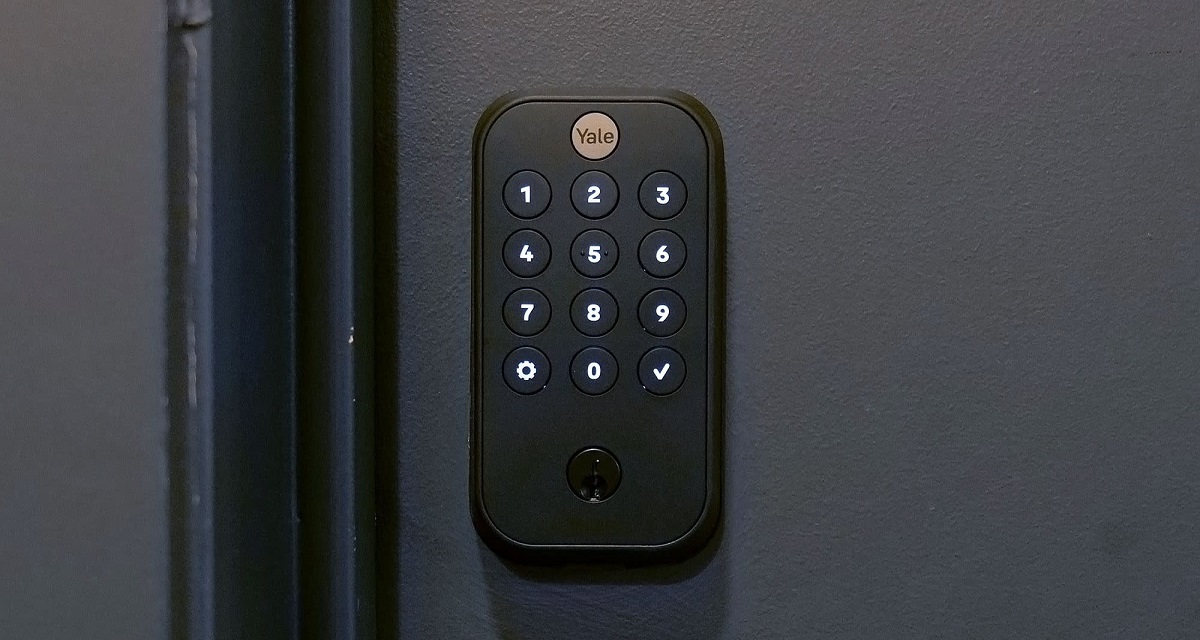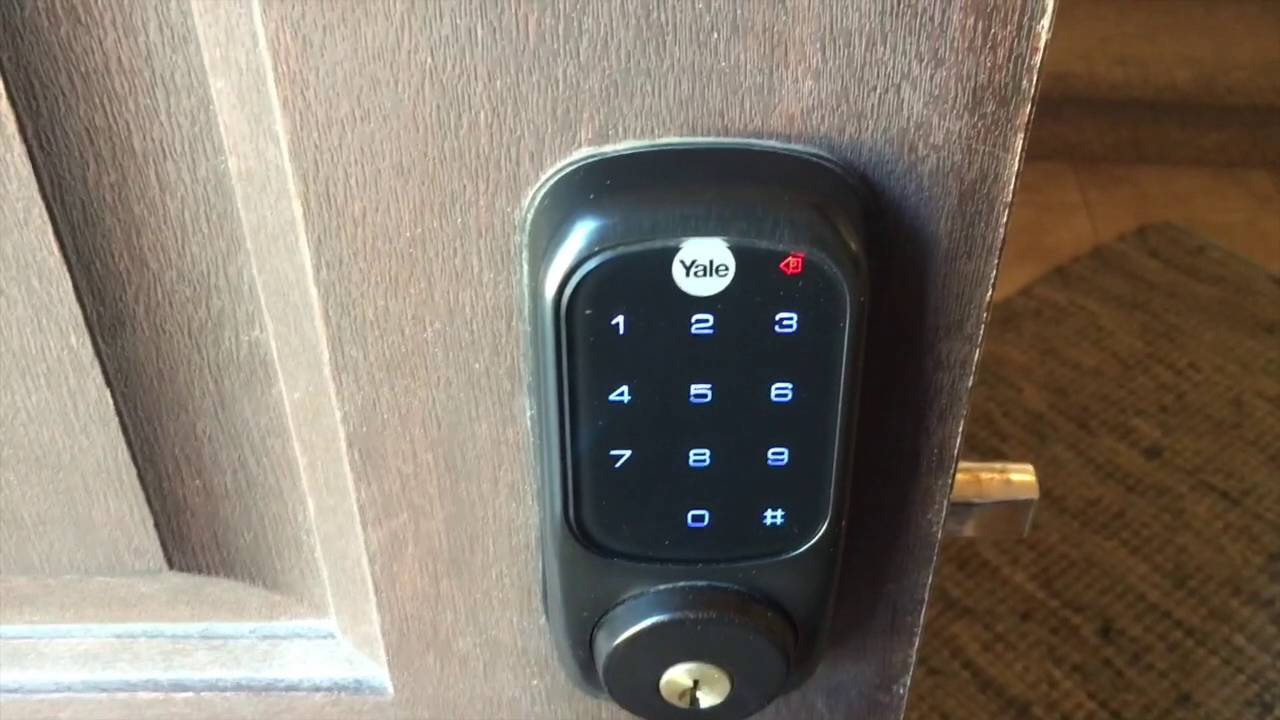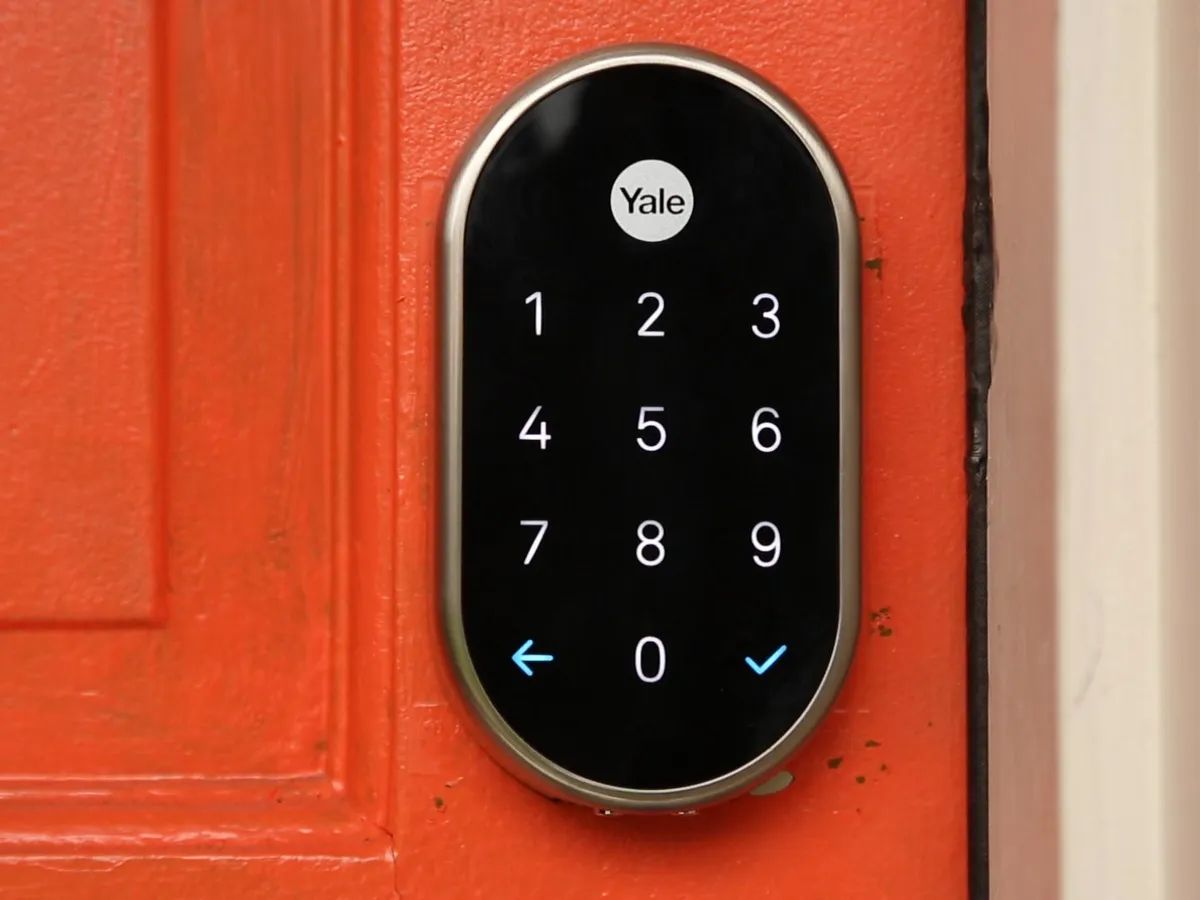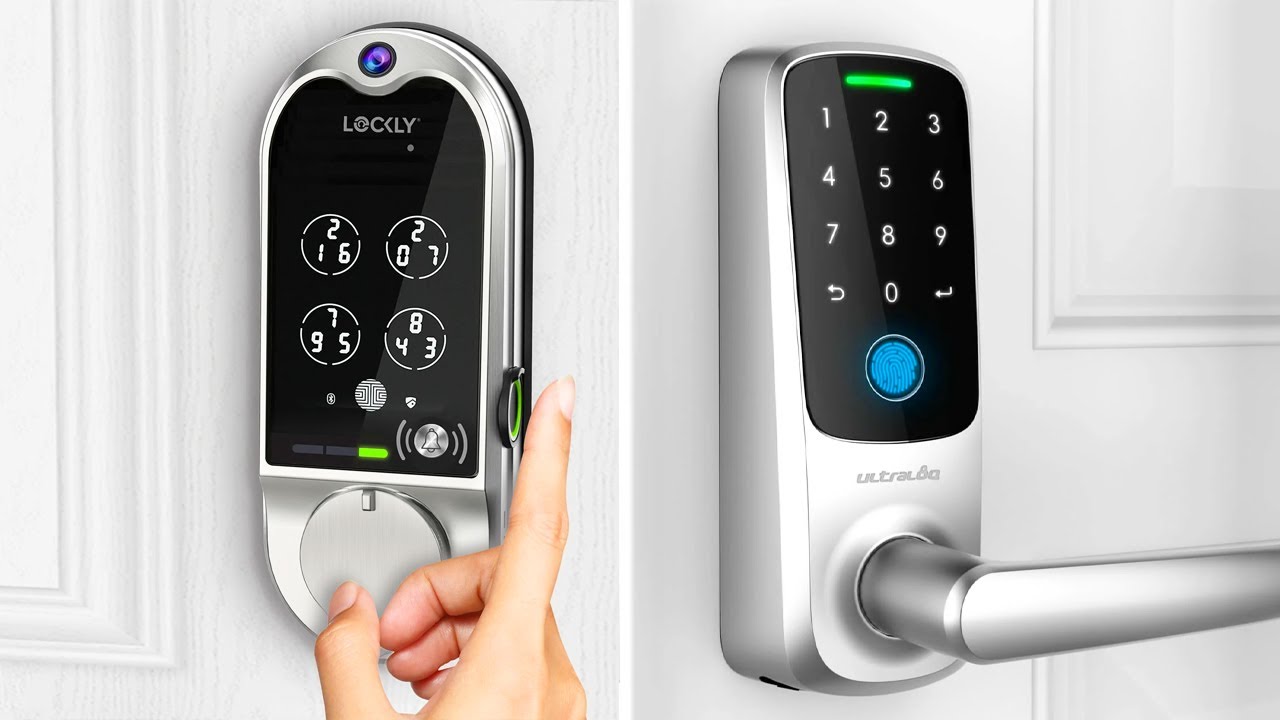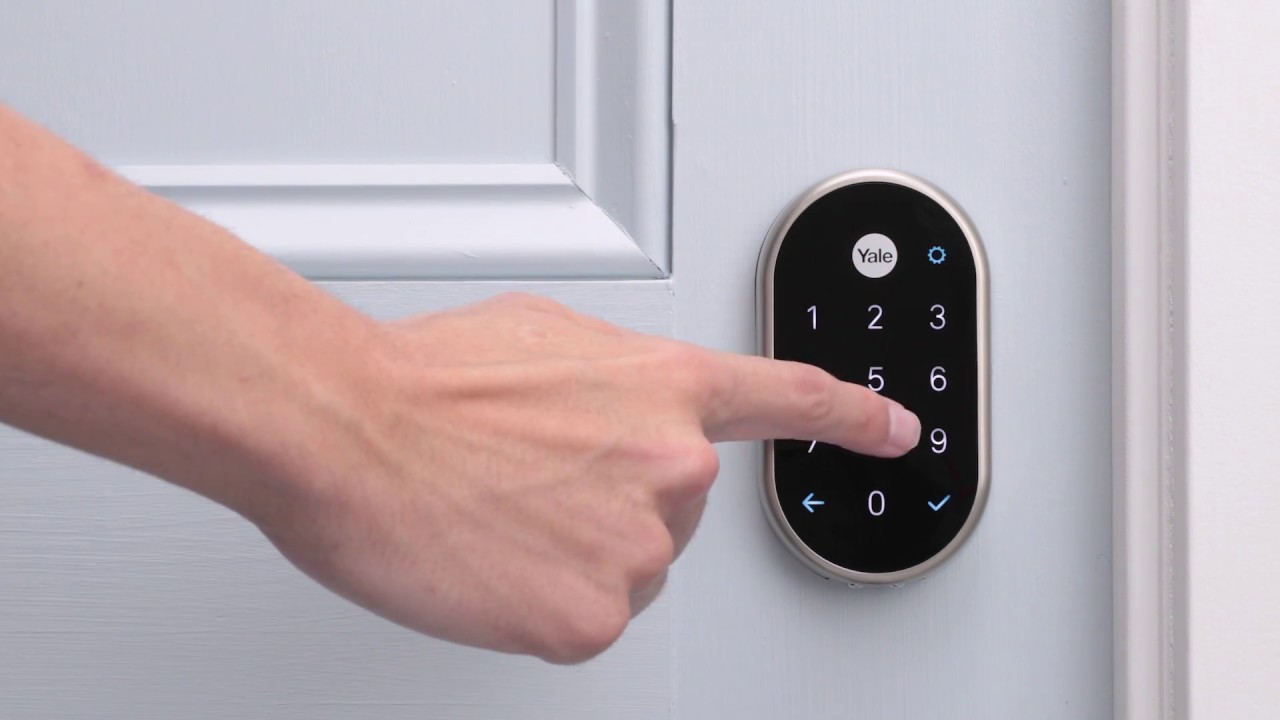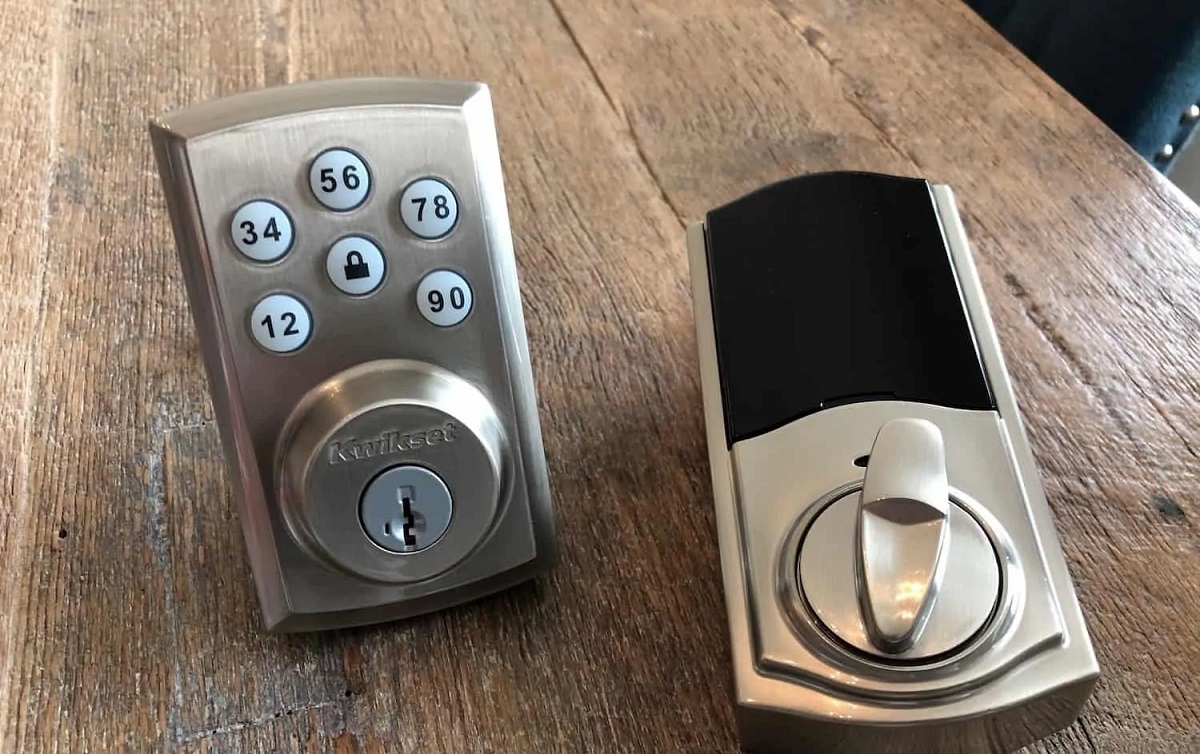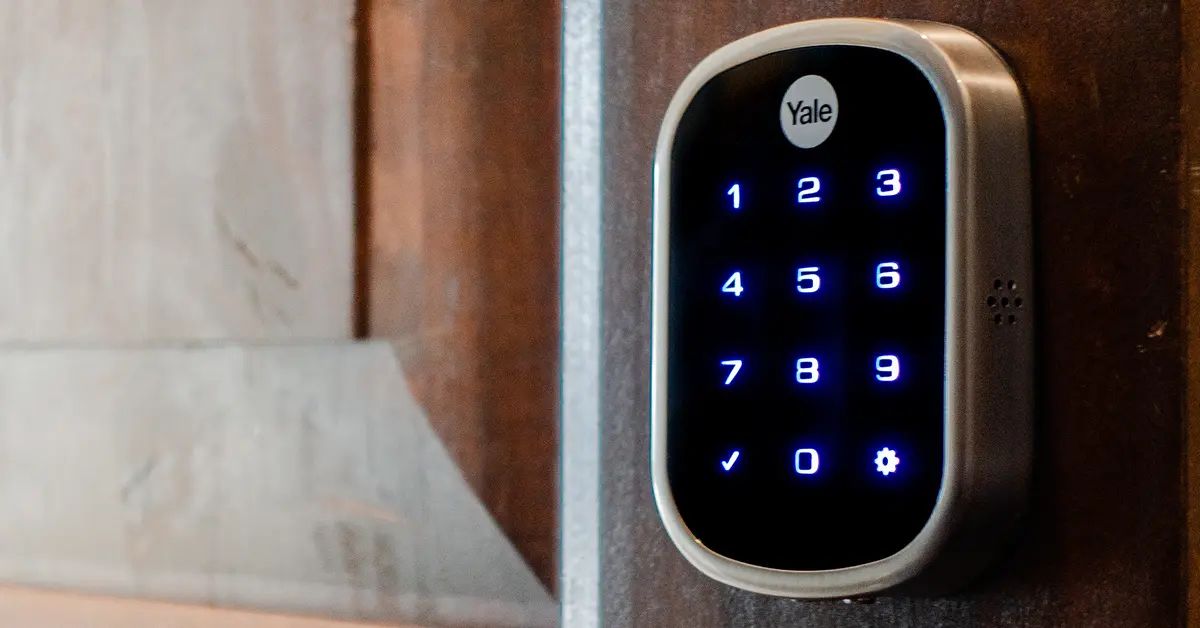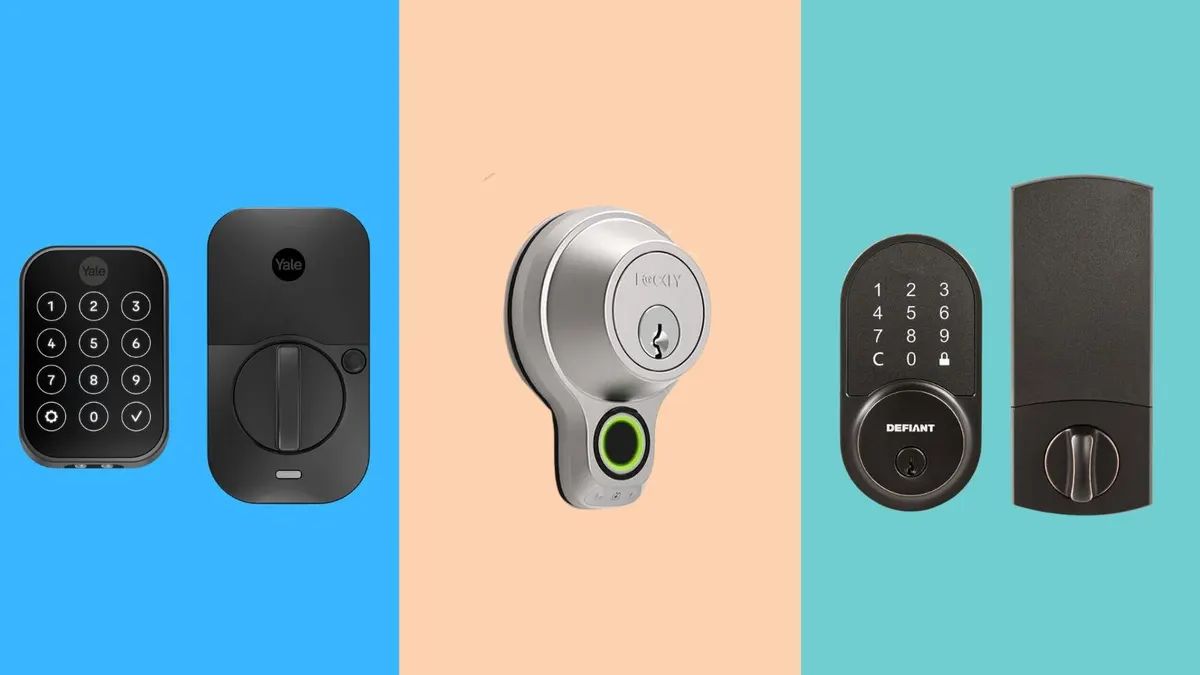Introduction
Yale smart locks have revolutionized home security, providing convenience and peace of mind to countless homeowners. With their advanced features and seamless integration with smart home systems, Yale smart locks offer a new level of control and security. However, there may come a time when you need to reset your Yale smart lock for various reasons. Whether you’re experiencing technical issues, moving to a new home, or simply want to start fresh, resetting the lock can be a straightforward process.
In this article, we will guide you through the steps required to reset your Yale smart lock. We will cover the necessary preparations, the reset process itself, and provide some troubleshooting tips for common issues that may arise during or after the reset.
Before we dive into the specifics, it’s essential to mention that while resetting your Yale smart lock can solve certain problems, it is a process that should be approached with caution. It’s advisable to read the manufacturer’s instructions or consult their official website for specific guidance on resetting your particular model of Yale smart lock.
So, if you’re ready to regain control of your Yale smart lock or encounter an issue that requires a reset, let’s explore the step-by-step process together.
Reasons to Reset Yale Smart Lock
There are several reasons why you may need to reset your Yale smart lock. Here are a few common scenarios where a reset can be beneficial:
1. Moving to a new home: When moving to a new house, it’s always a good practice to reset all existing smart devices, including your Yale smart lock. This ensures that any previous owner’s access codes or settings are completely erased, giving you full control over the lock’s security. By resetting the lock, you can start fresh and establish new access codes that are unique to you and your family.
2. Forgotten access codes: It can happen to the best of us – forgetting the access code to unlock our smart lock. If you find yourself locked out because you can’t recall the code, a simple reset can help you regain access. By resetting the lock, you will be able to set a new access code and regain entry to your home.
3. Malfunctioning lock: In rare cases, you may encounter technical issues or a malfunctioning Yale smart lock. It could be that the lock is not responding, not connecting to your smart home hub, or experiencing other glitches. In such situations, a reset can help resolve the problem by restoring the lock to its factory settings. This allows you to start troubleshooting from a clean slate and potentially resolve any software or connectivity issues.
4. Upgrading security settings: If you want to enhance the security features of your Yale smart lock, you may need to reset it. This can be particularly relevant if your lock supports features like biometric recognition or remote access, which require a fresh start to configure and customize the settings to your preferences.
Remember, resetting your Yale smart lock should be done cautiously as it erases all existing settings and codes. It’s advisable to consult the manufacturer’s instructions or their official website for specific guidance on resetting your lock model.
Preparing for the Reset
Before you proceed with resetting your Yale smart lock, it’s crucial to take a few necessary steps to ensure a seamless and successful reset process. Here’s what you need to do to prepare:
1. Consult the user manual: Start by referring to the user manual or manufacturer’s instructions for your specific model of Yale smart lock. The manual will provide you with detailed information on how to carry out a reset, any specific requirements, and precautions to follow. It’s essential to follow the manufacturer’s guidelines to avoid any potential damage to the lock or complications during the reset.
2. Gather essential tools: Most Yale smart locks can be reset without requiring any special tools. However, it’s always a good idea to have a small screwdriver or similar tool on hand, as some models may require removing a battery compartment or cover to access the reset button. Ensure that you have the necessary tools nearby before you begin the reset process to avoid any disruptions or delays.
3. Backup codes and settings: If you have multiple access codes, schedules, or customized settings configured on your lock, consider taking note of them or storing them in a safe place. Resetting the lock will erase all these settings, and having a backup will make it easier to recreate them after the reset. This step is optional but can save you time and effort in reconfiguring the lock’s settings.
4. Communicate with household members: If you share your home with other individuals who have access to the Yale smart lock, inform them about the upcoming reset. It’s essential to ensure that everyone is aware of the reset process, the temporary unavailability of the lock during the reset, and the need to reprogram any access codes afterward. Clear communication can prevent any inconvenience or confusion among household members.
By following these preparation steps, you can proceed with the reset process confidently and minimize any potential complications or setbacks. Next, we will dive into the actual steps to reset your Yale smart lock.
Resetting Yale Smart Lock
Now that you have prepared for the reset, let’s dive into the step-by-step process of resetting your Yale smart lock. The exact steps may vary depending on the model you have, so be sure to consult the user manual or manufacturer’s instructions for your specific lock. Here’s a general outline of the reset process:
1. Locate the reset button: Most Yale smart locks have a small reset button located either on the interior side of the lock or inside the battery compartment. Using a small screwdriver or similar tool, carefully press and hold the reset button. Keep in mind that the location of the reset button may differ based on the model you own, so refer to the manufacturer’s instructions for its exact location.
2. Hold the reset button: While pressing and holding the reset button, you may need to perform an additional action such as removing and reinserting the batteries or holding down a specific button on the lock interface. Refer to the user manual for your lock to determine any additional steps required during the reset process. Continue holding the reset button until you see or hear a confirmation that the reset is in progress.
3. Confirm the reset: Depending on the lock model, you may need to confirm the reset by completing a specific action, such as entering a master code or pressing a confirmation button on the lock interface. Again, refer to the user manual for your lock to ensure you follow the correct confirmation step. Once the reset is confirmed, the lock will revert to its factory settings.
4. Reconfigure the lock settings: After completing the reset, you will need to reconfigure your Yale smart lock with your preferred settings. This includes setting up access codes, scheduling automatic lock/unlock routines, and connecting the lock to your smart home system if applicable. Follow the instructions provided by the manufacturer to set up your lock’s settings according to your preferences.
By following these general steps, you should be able to successfully reset your Yale smart lock. However, keep in mind that the specific steps and procedures may vary based on your lock model. Always refer to the user manual or manufacturer’s instructions for detailed guidance.
Testing the Reset
Once you have successfully reset your Yale smart lock and reconfigured the settings, it is crucial to test the lock to ensure that everything is functioning as expected. Testing the reset will give you peace of mind and help identify any issues or further adjustments that may be needed. Here are a few key steps to follow when testing the reset:
1. Verify access codes: Double-check that the access codes you had previously programmed into the lock have been erased during the reset. Attempt to enter the old codes and ensure that they no longer grant access. Next, assign new access codes to test the lock’s ability to accept and recognize the codes.
2. Test lock and unlock functions: Use the new access codes or any other configured unlocking methods to test the lock and unlock functions. Ensure that the lock responds promptly and that the door unlocks smoothly. Test the lock multiple times to verify consistent and reliable operation.
3. Test remote access (if applicable): If your Yale smart lock supports remote access via a smartphone app or other connected devices, ensure that the connectivity is established and allows you to control the lock remotely. Test locking and unlocking the door using the remote access feature to confirm its functionality.
4. Check battery status: If your Yale smart lock operates on batteries, verify that the battery status is accurately displayed on the lock interface or the accompanying mobile app. Replace batteries if necessary and ensure that they are installed correctly.
5. Evaluate integration with smart home system: If your Yale smart lock is integrated with a smart home system, test its integration to ensure that it functions seamlessly with other connected devices. Test any automation or scheduling features to ensure they are working correctly.
Taking the time to thoroughly test the reset will ensure that your Yale smart lock is operating as intended and providing the desired level of security and convenience. If you encounter any issues during the testing phase, refer to the user manual or contact the manufacturer’s support for further assistance. Troubleshooting common issues will be covered in the next section.
Remember that regular maintenance and testing can help identify potential problems early on and ensure that your Yale smart lock continues to operate efficiently.
Troubleshooting Common Issues
While resetting your Yale smart lock can solve many problems, it’s important to be aware of and prepared for any potential issues that may arise during or after the reset process. Here are some common issues you may encounter and their potential solutions:
1. Lock not responding: If your Yale smart lock is not responding after the reset, ensure that the batteries are properly installed and have sufficient charge. Try replacing the batteries with fresh ones to see if it resolves the issue. It’s also worth checking if the lock is correctly aligned and latching properly with the strike plate.
2. Connectivity issues: If your lock is connected to a smart home system or uses remote access features, check the Wi-Fi or Bluetooth connection. Ensure that your lock is within range of the hub or your smartphone and that there are no obstructions or interference causing connectivity problems. Resetting the lock and reestablishing the connection with a fresh start may help resolve the issue.
3. Incorrect programming: If you encounter issues with access codes not working or having difficulty setting up new codes, double-check your programming steps. Make sure to follow the manufacturer’s instructions carefully and ensure that you have verified the correct programming sequences for your specific lock model. Clear any existing codes and reprogram them from scratch if needed.
4. Reset not successful: If you attempted to reset your Yale smart lock but the process did not seem to complete or it is still exhibiting issues, consider performing a factory reset. This type of reset erases all settings and codes, restoring the lock to its original factory state. Consult the user manual or contact the manufacturer’s support for guidance on performing a factory reset.
5. Firmware updates: Check for any available firmware updates for your Yale smart lock. Updating the firmware can address known issues, improve performance, and ensure compatibility with new features or security enhancements. Follow the manufacturer’s instructions for updating the firmware and check their website or support channels for any troubleshooting specific to the update process.
If you encounter persistent issues that you are unable to resolve, it’s advisable to contact the manufacturer’s support for further assistance. They will have the knowledge and resources to guide you through specific troubleshooting steps or provide any necessary repairs or replacements.
Remember, troubleshooting common issues may vary depending on your specific Yale smart lock model, so always refer to the user manual and follow the manufacturer’s recommendations for resolving any problems you encounter.
Conclusion
Resetting your Yale smart lock can be a straightforward process that allows you to regain control over the lock, resolve technical issues, or enhance the security features. By following the steps outlined in this article and referring to the user manual or manufacturer’s instructions for your specific lock model, you can successfully reset your Yale smart lock and ensure it is functioning as intended.
Remember to prepare for the reset by gathering the necessary tools, backing up codes and settings, and communicating with household members. Take caution during the reset process, following the manufacturer’s guidelines closely, and confirming the reset before proceeding. After resetting the lock, test its functionality and reprogram the desired settings and access codes.
In the event of any issues or complications, consult the user manual or reach out to the manufacturer’s support for troubleshooting assistance. They will have the knowledge and expertise to guide you through specific steps or provide further support if needed.
Regularly testing and maintaining your Yale smart lock will help ensure its continued reliability and performance. Stay proactive in identifying potential problems early on and addressing them promptly to maintain your home’s security.
With a properly reset Yale smart lock, you can experience the convenience, peace of mind, and control that these advanced home security devices provide. Enjoy the enhanced security and seamless integration with your smart home system as you keep your home protected.
Remember, always refer to the manufacturer’s instructions and guidelines, as they are the best source for accurate information tailored to your specific Yale smart lock model.







